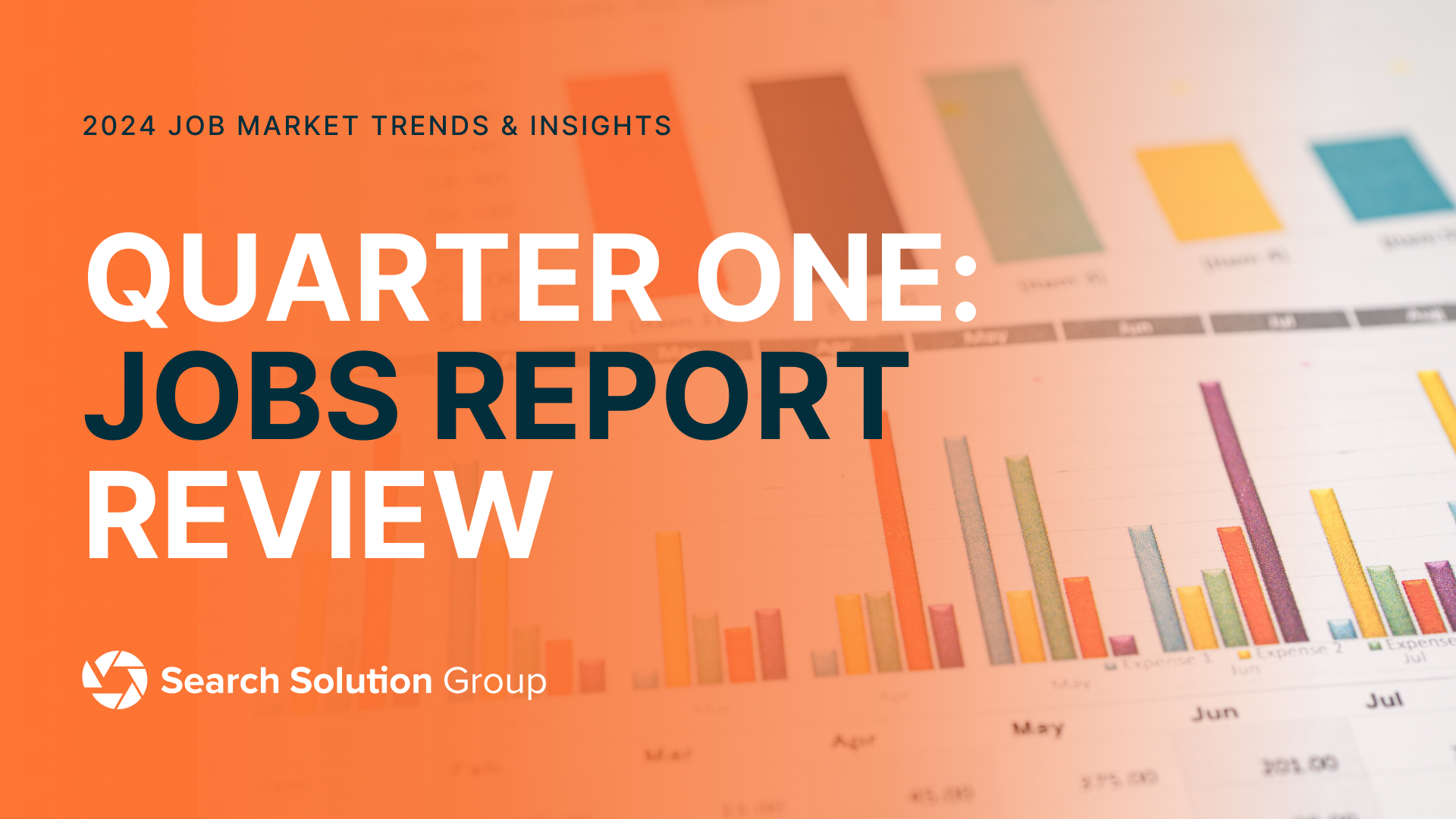There’s something of an irony in the phrase “business as usual.” Although job responsibilities may remain the same, most professionals face a never-ending series of new challenges and evolving situations at their place of business. “Business as usual” often means adapting in real-time to overcome challenges and meet expectations.
It’s this adaptability that’s crucial when structuring successful teams, and it’s just one of several increasingly important traits companies must consider during the hiring process. Organizations must not hire on hard skills alone; they need to build teams that can weather adversity and overcome the struggles of business as usual.
Advantages of adaptability and evolution
Whether something is as simple as accommodating the needs of a new client or as complex as adopting a remote work policy, adaptable teams are those capable of not only surviving change, but thriving — both during and after it.
Skillful teams are inherently more adaptable. The more skills you have, the more proficient you are at recognizing opportunities to deploy them. Within teams, this has a compounding effect. Not everyone on the team needs to share the same skills. Team strengths tend to strongly outperform team weaknesses. For example, an indecisive team needs only one leader to make decisions, while a team of strong communicators won’t have any trouble collaborating to meet expectations.
Breadth of skill breeds adaptation, and it stems from a strong collection of both hard and soft skills among the group. A team lacking a mix of both is more prone to struggles in the face of adversity, whereas a well-rounded team stands ready to embrace change in stride.
The importance of hard and soft skills
Hard skills are those relevant to the task or job at hand — seam welding if you’re a machinist, for example, or proficiency with Excel for an office job. Soft skills are those related to social and interpersonal ability, such as active listening or the ability to verbalize problem solving. It’s possible to hire and upskill both, and companies must ensure their teams have a strong mix of them — especially as they seek to build a resilient workforce.
Terri Leach, Chief of Staff at Search Solution Group, aptly highlighted the value and utility of upskilling to an organization’s long-term success: “When an employer invests in an employee’s professional growth within the organization, employees feel valued and are less likely to leave. Upskilling has now become an integral part of an employer’s strategy and offers a variety of benefits, both to the organization and its employees. Investing in a blend of hard skills and soft skills will help employees become more well-rounded, and soft skills are the most critical skills for a manager’s success. When you invest in upgrading your employee’s skills to include confidence, communication, and grit, you are investing in your organization’s future.”
During times of change, hard and soft skills become valuable in different ways. Teams with hard skill competencies will have the confidence to navigate shifts because they know the roots of their role and the effects of change on that role. Likewise, those with soft skill competencies are more likely to turn to communication and peer support to embrace and understand change.
Teams with both skillsets will emerge most confident — highly communicative about any challenge and resilient in their ability to meet expectations. Put another way, hard skills give people the confidence to embrace their role, and soft skills help them relate that role to something bigger than themselves.
Skill inventories for growth and resilience
To cultivate a resilient team with a bountiful, diverse repertoire of hard and soft skills, companies must first inventory the strengths and weaknesses of their staffs. Are team members current with the standards and practices that define their specific jobs? Where do they excel or struggle when it comes to interpersonal performance?
Often, it’s best to use a skills inventory survey or exercise to gauge your team’s current skill set. Then, once you understand cumulative strengths and weaknesses, you can decide whether upskilling or hiring is the best method of bridging gaps. The decision often comes down to factors like these:
- Skills needed
- Urgency
- Growth prospects
- Culture
Often, companies find it easier to recruit additional talent with a particular skill or strength, both to complement the current skill dynamic and to assist the company in scaling through change.
It’s important to note that while bringing in new talent is a quick way to supplement and improve team resilience through skill addition, upskilling is also critical. A culture of continuous professional development is an invaluable benefit and, ultimately, one that encourages not only growth, but talent retention as well.
A welcoming view of challenges and change
These days, “business as usual” means dealing with new challenges and unforeseen variables in real time. Whether it’s managing a project gone awry or adapting to organizational changes, companies need teams capable of adapting and persevering through the change — as well as making adjustments with a positive outlook. Cultivating this team comes down to identifying the right set of skills and ensuring they mesh not only with the situation, but with one another.





